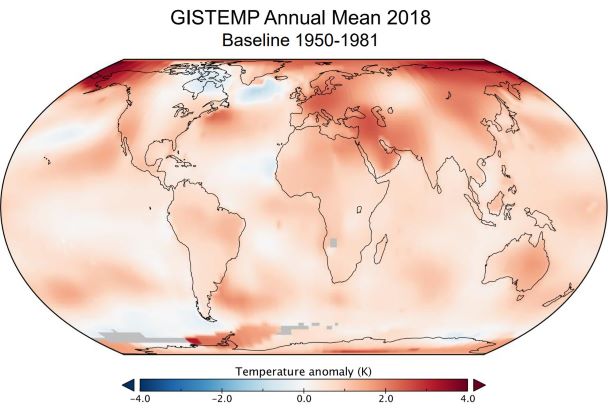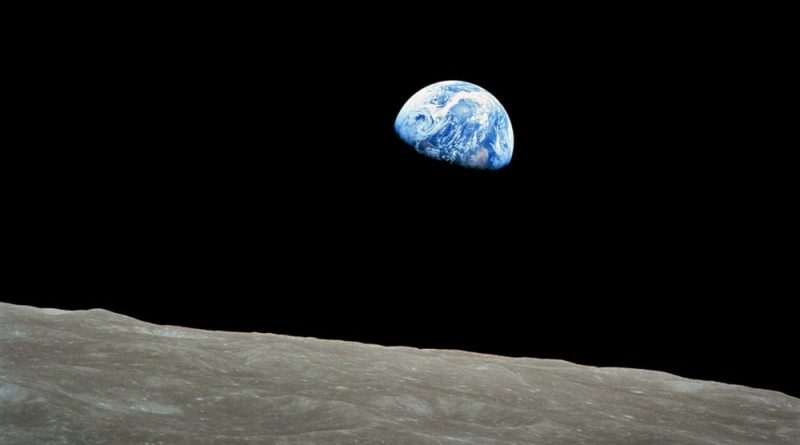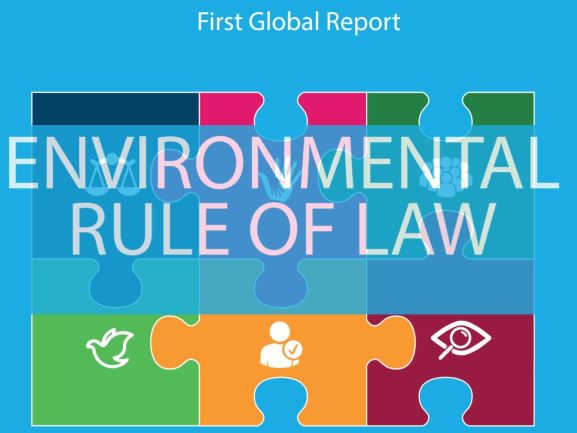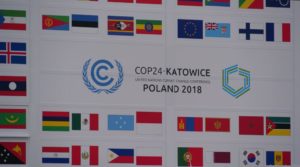Don’t let Winter fool you. 2018 Was The Fourth Hottest Year on record- NASA

NASA’s Data confirms that the five warmest years in recorded history have been the last five, and that 18 of the 19 warmest years have occurred since 2001. Globally, 2018’s temperatures rank behind those of 2016, 2017 and 2015.
“We’re no longer talking about a situation where global warming is something in the future,” said Gavin A. Schmidt, director of the Goddard Institute for Space Studies, the NASA group that conducted the analysis. “It’s here. It’s now.”
Of course, that might sound a tad unbelievable to some people, especially when the US President, who should know better, has also questioned global warming in the middle of the polar vortex that hit that country’s midwest region. Even in India, an unusually cold winter in the nation’s capital might be enough to keep skeptics going a little while more. But remember, as Australia is discovering with its own record summer heat, summers just a few months away to change your mind. In other words, one hopes that people will make the distinction between weather (short term), and climate (Long term). The climatic trend is going only one way, and its up, as the NASA findings confirm.
In the beautiful Midwest, windchill temperatures are reaching minus 60 degrees, the coldest ever recorded. In coming days, expected to get even colder. People can’t last outside even for minutes. What the hell is going on with Global Waming? Please come back fast, we need you!
— Donald J. Trump (@realDonaldTrump) January 29, 2019
Still A Skeptic
There is clear correlation with increasing levels of greenhouse gases like carbon dioxide and methane produced by human activity and sudden rise in temperatures over the past two decades cap a much longer warming trend documented by researchers. Another global study recently pointed out that humans have reached everywhere. Today, more than 77% of land (excluding Antarctica) and 87% of the ocean has been modified by the direct effects of human activities.
“2018 is yet again an extremely warm year on top of a long-term global warming trend,” said Schmidt.
The Earth’s temperature in 2018 was 1.8 degrees Fahrenheit or more than one degree Celsius, , above the average temperature of the late 19th century. The results of this rapid warming can be seen from the heat waves in Australia and extended droughts to coastal flooding in the United States, in disappearing Arctic ice and shrinking glaciers. Scientists have also linked climate change to destructive hurricanes and have found links to such phenomena as the polar vortex, which last week delivered bone-chilling blasts to the American Midwest and Northeast.

There is a growing consensus among researchers and scientists that the climate commitments by more than 190 countries will not suffice in reducing greenhouse gas emissions. The target of 1.5 degrees will still have dire consequences as per UN IPCC report. The Intergovernmental Panel on Climate Change (IPCC) bluntly said in October 2018 that we have at most 12 years to make the drastic and unprecedented changes needed to prevent average global temperatures from rising beyond the Paris Agreement’s 1.5ºC target. Scientists point out that these markers are important as they mark the milestone of slowing the emission and finally reverse the effect GHGs.
Yesterday two more related pieces of research were published in the journal Nature which suggested that melting polar ice caps could lead to more extreme weather. First is from a climate scientist at King’s College London, focused on the impact of Antarctic ice-shelf collapse. The study estimated sea level rise caused by melting Antarctica ice will be close to 10 Inches whereas another companion study by Victoria University of Wellington’s Antarctic Research Centre in New Zealand found that less than 10-inch rise would trigger an increase in extreme weather events.







